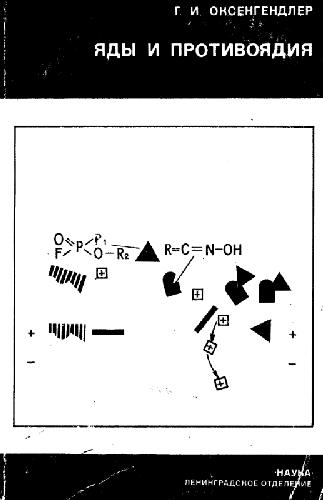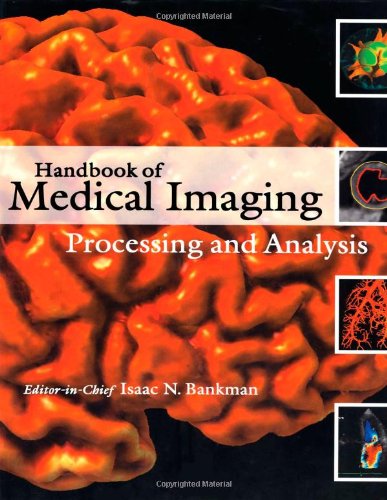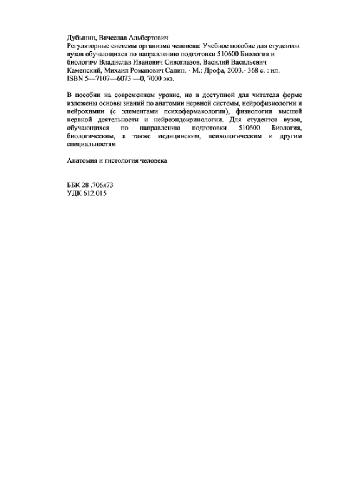Schatzker, Joseph.3-540-20951-4
Table of contents :
Cover……Page 1
Dedication……Page 5
Preface to the Third Edition……Page 6
Foreword to the Second Edition……Page 8
Preface to the Second Edition……Page 10
Foreword to the First Edition……Page 12
Preface to the First Edition……Page 14
Part II Fractures of the Upper Extremity……Page 16
Part III Fractures of the Spine, Pelvis, and Acetabulum……Page 18
Part IV Fractures of the Lower Extremity……Page 20
Part I General Aspects of Internal Fixation……Page 24
1.1 Introduction……Page 26
1.2 Aims of Treatment……Page 32
1.4 Rigidity and Stability……Page 33
1.5 Methods of Absolutely Stable Fixation……Page 34
1.6 Methods of Relative Stability or Splinting……Page 37
1.7 Changes to the Early Concepts in Internal Fixation……Page 41
1.8 Biological Plating and Minimally Invasive Plate Osteosynthesis (MIPO)……Page 50
1.9 Implant Failure and Bone Grafting……Page 52
References……Page 53
2.1 Introduction……Page 56
2.2 Clinical Aspects……Page 58
2.3 Surgery……Page 59
2.5 Late Intra-articular Reconstructions……Page 62
References……Page 66
3.3 Classification……Page 68
3.4 Management……Page 69
3.5 Summary……Page 76
References……Page 77
Part II Fractures of the Upper Extremity……Page 78
4.1 Introduction……Page 80
4.2 Classification……Page 82
4.3 Natural History and Surgical Indications……Page 83
4.4 Management……Page 97
References……Page 111
5.2 Indications for Surgery……Page 114
5.4 Surgical Methods of Stable Fixation……Page 119
References……Page 125
6.2 Fractures with a Good Prognosis……Page 126
6.3 Fractures with a Poor Prognosis: The Extra- Articular Group A2 and A3 and Complete Articular Type C……Page 129
References……Page 143
7.1 Introduction……Page 146
7.3 Classification……Page 147
7.4 Surgical Treatment……Page 149
References……Page 152
8.3 Guides to Treatment……Page 154
8.4 Surgical Treatment……Page 155
References……Page 158
9.2 Natural History……Page 160
9.3 Management……Page 161
9.4 Special Considerations……Page 177
9.5 Complications……Page 187
References……Page 189
10.1 Distal Radius Fractures……Page 190
10.2 Overview of Treatment Options Based on Fracture Configuration……Page 193
10.4 Operative Management of Distal Radius Fractures……Page 194
10.5 Algorithm for Treatment……Page 196
10.6 Surgical Technique……Page 197
10.7 The Distal Radioulnar Joint……Page 206
10.9 Complications……Page 210
References……Page 211
Part III Fractures of the Spine, Pelvis, and Acetabulum……Page 214
11.2 History……Page 216
11.3 Initial Assessment and Management……Page 218
11.4 Classification……Page 226
11.5 Operative Decision-Making with Neurological and Biomechanical Goals……Page 228
11.6 Preparation for Surgery……Page 230
11.7 Anatomy as Related to Surgical Approaches……Page 231
11.8 Fractures and Specific Management……Page 237
11.9 Postoperative Care……Page 255
11.11 Conclusions……Page 257
References……Page 258
12.2 Understanding the Injury……Page 262
12.3 Classification……Page 269
12.4 Natural History……Page 278
12.5 Management of the Pelvic Disruption……Page 280
12.6 Conclusions……Page 311
References……Page 313
13.1 Introduction……Page 314
13.2 Assessment……Page 319
13.3 Classification……Page 323
13.4 Treatment……Page 326
13.6 Conclusions……Page 358
References……Page 362
Part IV Fractures of the Lower Extremity……Page 364
14.1 Anatomy and Blood Supply……Page 366
14.2 Classification……Page 367
14.3 Subcapital Fractures……Page 368
14.4 Intertrochanteric Fractures……Page 380
References……Page 388
15.1 Biomechanical Considerations……Page 390
15.2 Natural History……Page 391
15.3 Indications for Open Reduction and Internal Fixation……Page 392
15.4 Surgical Techniques……Page 393
References……Page 407
16.2 Factors Important in Evaluating the Mode of Treatment……Page 408
16.3 Surgical Treatment……Page 409
16.4 Special Considerations: Open Fractures of the Femur……Page 428
References……Page 429
17.1 Introduction……Page 432
17.2 Guides to Treatment and Indications for Surgery……Page 434
17.3 Surgical Treatment……Page 437
17.5 Complications……Page 460
17.6 Conclusions……Page 461
References……Page 462
18.3 Classification……Page 464
18.4 Surgical Treatment……Page 465
18.5 Postoperative Care……Page 467
Reference……Page 468
19.1 Introduction……Page 470
19.2 Classification and Guides to Treatment……Page 471
19.3 Methods of Assessment……Page 479
19.4 Surgical Treatment……Page 481
References……Page 492
20.2 Natural History……Page 494
20.3 Assessment……Page 502
20.4 Management……Page 505
20.5 Conclusions……Page 541
References……Page 543
21.2 Overview……Page 546
21.3 Classification……Page 552
21.5 Indications for Surgery……Page 557
21.6 Surgical Technique……Page 560
21.7 Common Pitfalls of Treatment……Page 570
21.8 Late Reconstruction: Malunion……Page 571
References……Page 573
22.1 Introduction……Page 574
22.2 Classification……Page 582
22.3 Assessment of Stability……Page 587
22.4 Management……Page 592
22.5 Special Problems in Ankle Fractures……Page 607
References……Page 612
23.2 Anatomical Considerations……Page 614
23.3 Classification and Natural History……Page 620
23.4 Management……Page 627
References……Page 640
24.1 Introduction……Page 642
24.2 Anatomy……Page 643
24.4 Classification……Page 644
24.5 Assessment……Page 646
24.7 Treatment……Page 649
24.8 Postoperative Care……Page 654
24.9 Prognosis and Results……Page 655
References……Page 656
25.1 Fractures of the Navicular……Page 658
25.3 Fractures of the Metatarsals……Page 661
25.4 Fractures of the Phalanges……Page 668
25.5 Tarsometatarsal (Lisfranc) Fracture-Dislocations……Page 669
25.7 Compartment Syndromes of the Foot……Page 674
References……Page 677
A……Page 680
C……Page 681
F……Page 682
G……Page 683
K……Page 684
O……Page 685
P……Page 686
S……Page 688
T……Page 690
Y……Page 691







Reviews
There are no reviews yet.